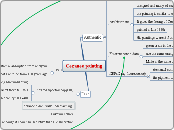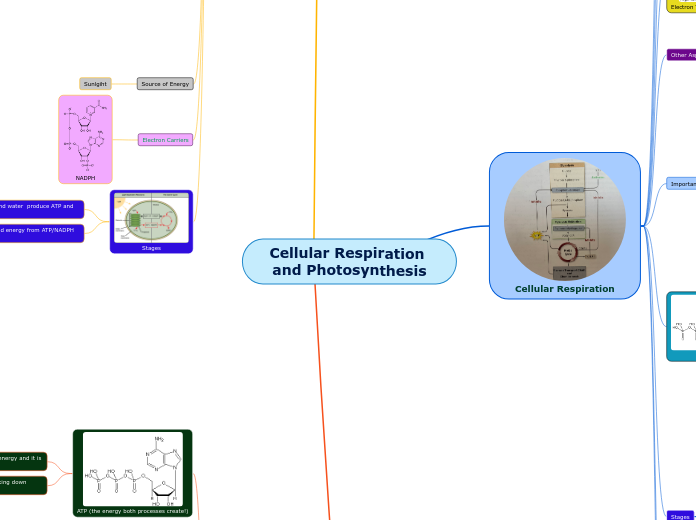av maha fayed 17 år siden
342
Cezanee painting
The analysis of a suspected Cézanne painting incorporates various scientific techniques and art historical perspectives to determine its authenticity. Infrared spectroscopy reveals that certain binding materials and pigments in the painting are consistent with those used in the 19th and early 20th centuries, including cadmium-based yellow pigments.









